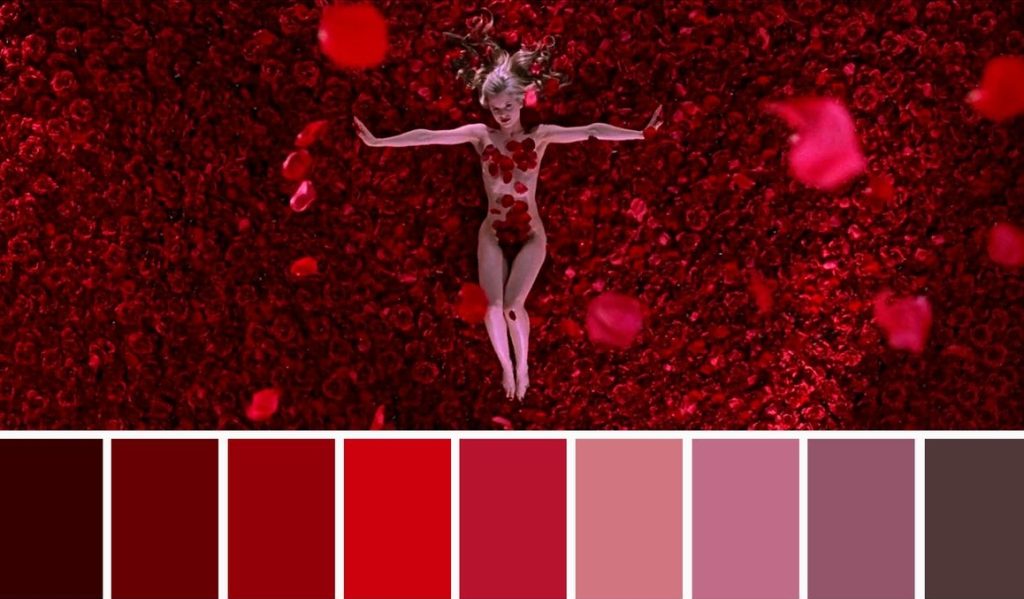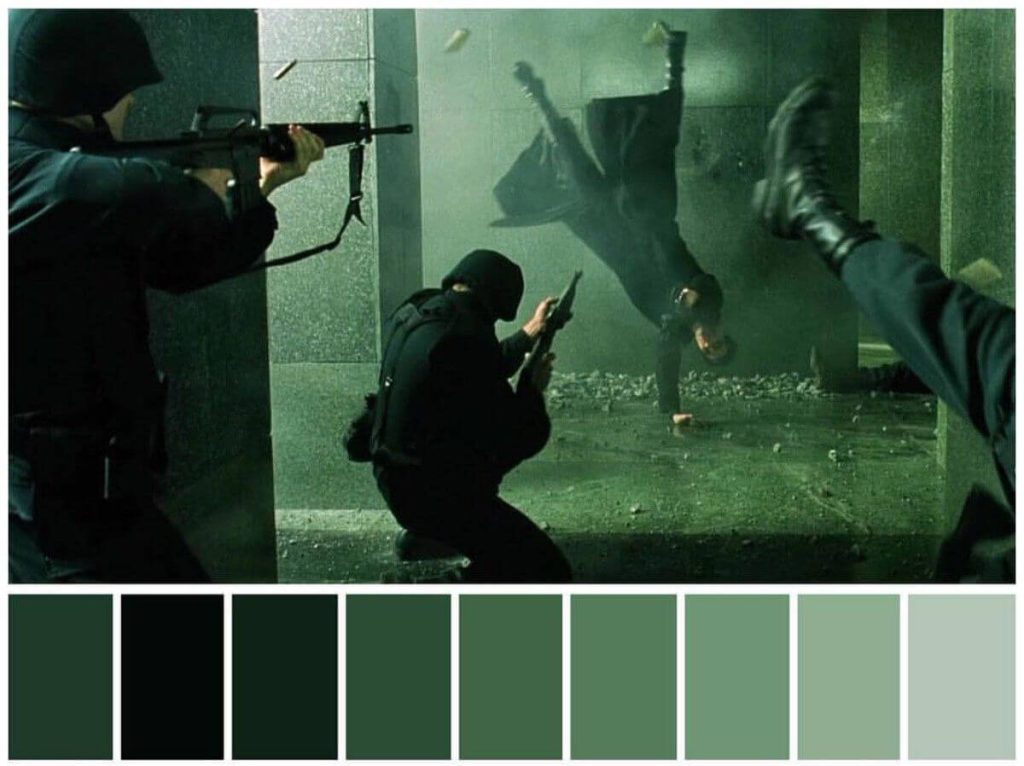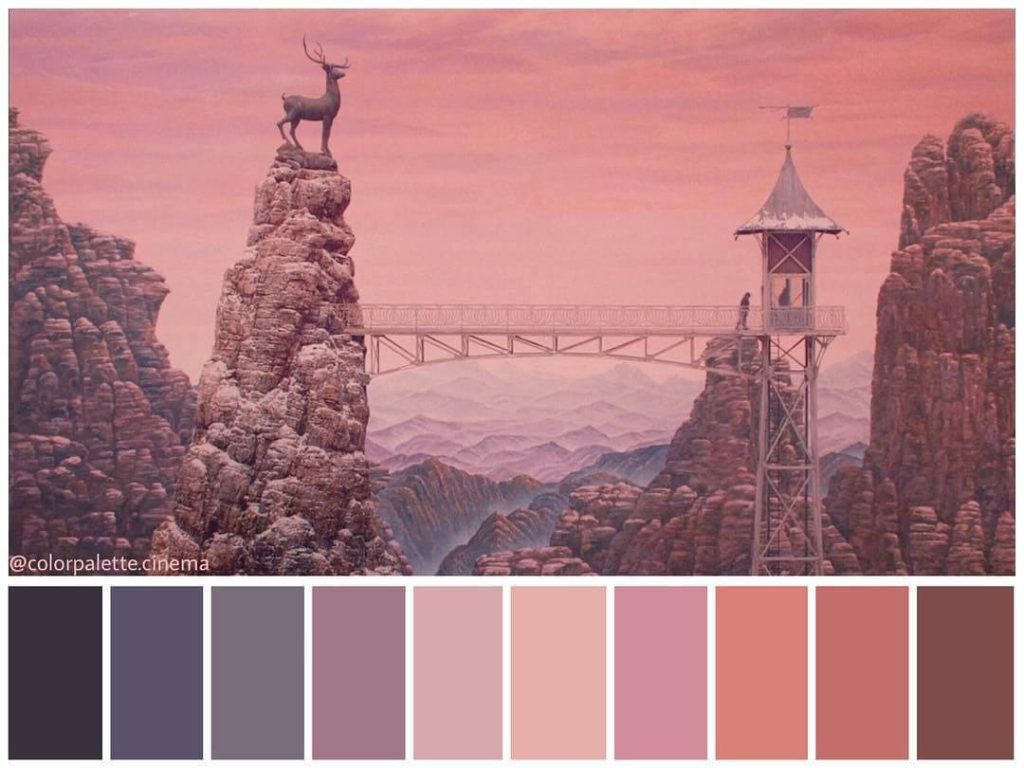When we watch a film, we often get caught up in the plot, the characters, and the dialogue. But beneath the surface, there’s an invisible force shaping our emotions and guiding our understanding of the story: color. Color is one of the most powerful tools filmmakers have at their disposal, allowing them to evoke emotions, highlight themes, and subtly influence how we perceive the narrative. In this blog, we’ll explore the importance of color in films, how it affects storytelling, and how some of the most iconic directors use color to their advantage.
The Language of Color: Basics of Color Theory in Cinema
Color theory in film follows similar principles to painting or photography but is amplified by motion, sound, and lighting. Filmmakers use color to evoke specific feelings or associations. At its core, color theory is about understanding the emotional responses different hues can generate. Red typically signals passion, danger, or intensity. Think of the use of red in American Beauty, where it symbolizes lust and longing, or in Schindler’s List, where the lone red coat amid a black-and-white landscape represents innocence lost in the brutality of war. Blue can evoke feelings of calm, sadness, or detachment. In films like Blue is the Warmest Color or Moonlight, deep blues are used to mirror inner emotional turmoil, creating an atmosphere of introspection and longing. Yellow is often associated with warmth and optimism, but it can also signal caution or madness. Kill Bill’s iconic yellow jumpsuit stands out in the film’s action-packed violence, while in Her, soft yellow hues create an almost nostalgic warmth around the main character’s lonely, futuristic existence.

How Color Shapes Emotion and Tone
Films like The Matrix and Mad Max: Fury Road are excellent examples of how color palettes can shape entire narratives. In The Matrix, the green tint of the virtual world becomes synonymous with digital artificiality, contrasting with the colder, more natural tones of the real world. This careful use of color helps the audience quickly differentiate between two realities without needing explicit cues. Meanwhile, in Mad Max: Fury Road, the desert setting is bathed in saturated oranges and reds, emphasizing the harsh, unforgiving environment. In contrast, the “green place,” a utopian ideal in the film, is represented by lush greens, which never quite materialize — reinforcing the theme of environmental decay and hopelessness.

Color Palettes Reflecting Genre
Different genres also have distinct color trends that help set the tone for the audience:
Horror films frequently use deep reds and blacks to symbolize fear, danger, and violence. The famous blood-red walls in The Shining not only evoke dread but also symbolize the overwhelming power of the haunted Overlook Hotel.
Romantic comedies often favor bright, pastel colors, signaling an upbeat and optimistic tone. Films like La La Land use vibrant purples and blues to create a whimsical, dreamlike quality.
Action films tend to use bold, highly saturated colors like in Transformers, where the constant visual impact mirrors the intensity of the action sequences.
Directors Who Master the Art of Color
Some directors have turned the use of color into an art form, creating instantly recognizable visual styles.
- Wes Anderson is perhaps the most famous contemporary director known for his meticulous color palettes. Films like The Grand Budapest Hotel or Moonrise Kingdom are filled with pastel pinks, mustard yellows, and pale blues. These colors create a quirky, nostalgic mood, pulling the audience into Anderson’s uniquely crafted worlds.
- Stanley Kubrick used color in bold, symbolic ways. In A Clockwork Orange, Kubrick uses stark whites and bright reds to symbolize the dystopian future and the violent impulses of the film’s protagonist. In The Shining, Kubrick uses contrasting colors — the warm, homely red and gold tones of the Overlook Hotel, which stand against the growing terror lurking within.
- Guillermo del Toro’s use of color is often linked to his dark, fantastical storytelling. In Pan’s Labyrinth, he contrasts the cool, muted blues of the real world with the warm, golden hues of the fantasy world. This helps to delineate the two spaces while also suggesting that the fantasy world is where true life and vitality exist, despite its dangers.

Color as a Storytelling Device
Color isn’t just about creating mood — it can also act as a character in the story itself. In Her, the entire film is bathed in soft pastels, especially reds, which represent both the warmth of the protagonist’s feelings and his growing attachment to the artificial intelligence, Samantha. Similarly, in Joker, the shift from bleak, washed-out colors to vivid, saturated tones mirrors the character’s descent into madness, with bright greens and purples signaling his transformation into the infamous villain.
Directors and cinematographers often use color to highlight emotional arcs, signal changes in the narrative, or foreshadow important events. By understanding how color influences our emotional responses, filmmakers can subtly guide us through their stories, shaping our perceptions without us even realizing it.
Conclusion
Color is an incredibly powerful tool in film, used to evoke emotion, set the tone, and deepen storytelling. Whether it’s the melancholic blues of Moonlight, the vibrant chaos of Mad Max: Fury Road, or the carefully crafted pastels of a Wes Anderson film, color leaves a lasting impression on viewers. The next time you watch a movie, take a moment to notice how the colors make you feel. You might find that they’re speaking to you in a language all their own — the language of cinema.
